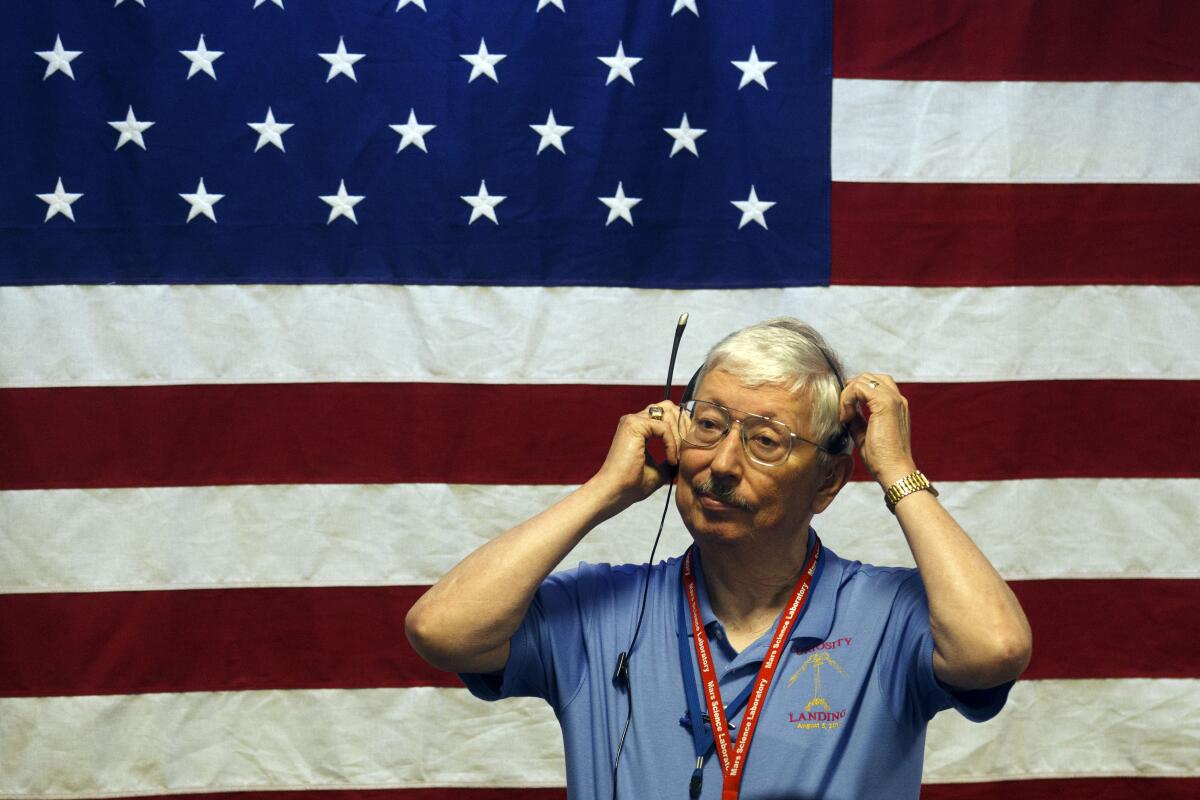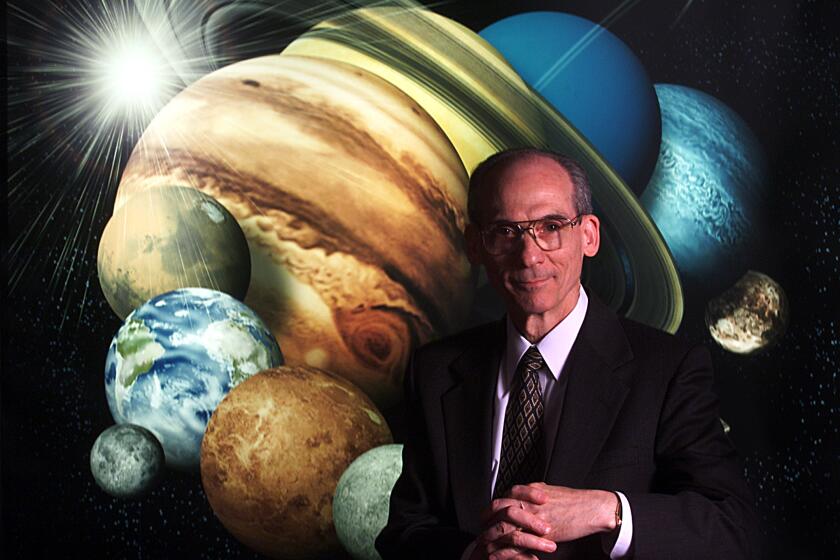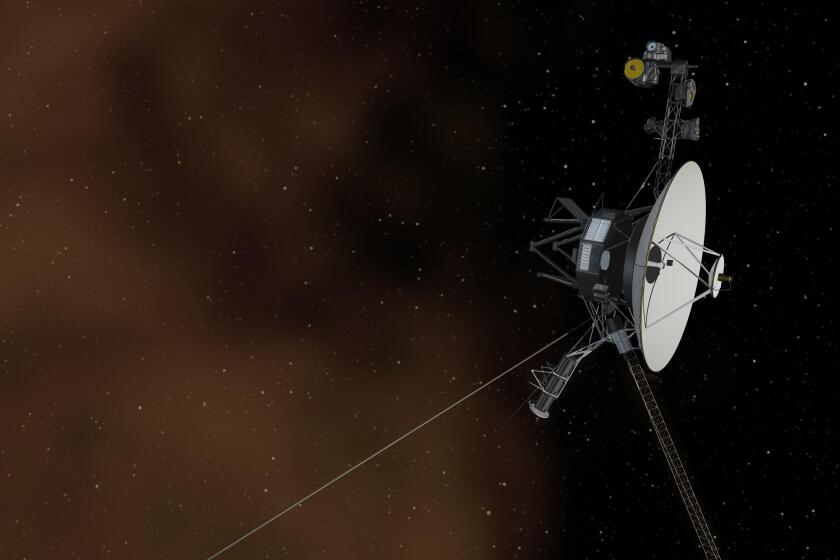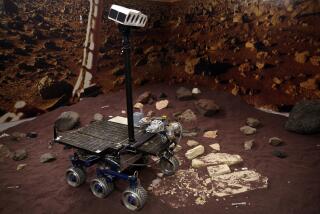Pete Theisinger, who led Mars rover missions for JPL, dies at 78

Pete Theisinger, the longtime employee of NASAâs Jet Propulsion Laboratory who led the Spirit, Opportunity and Curiosity rover missions to Mars, died June 26 after a long illness. He was 78.
During a career at JPL that spanned more than half a century, Theisinger worked on missions to six planets. With JPL colleague Richard Cook, he was named one of Time Magazineâs 100 Most Influential People in 2013 for his work on Curiosity, and he was honored in 2017 with a lifetime achievement award from the Smithsonianâs National Air and Space Museum in Washington, D.C.
Born in Fresno in 1945, Theisinger was from an early age a âconsummate engineer,â his family said in a statement. He earned a bachelorâs degree in physics from Caltech and planned on going to graduate school.
A summer job at JPL changed that trajectory. He would stay at the La CaĂąada Flintridge facility for the rest of his career, save for a three-year stint as a JPL contractor.
As an engineer, Theisinger worked on the 1967 Mariner mission to Venus, the 1971 Mariner orbiter mission to Mars, the 1977 Voyager mission to the solar systemâs outer planets and the 1989 Galileo mission to Jupiter.
He was perhaps best known for his role shepherding Mars rover missions. The twin rovers Spirit and Opportunity launched in 2004 for what were intended to be 90-day missions on the Red Planet.
Ed Stone, who guided NASAâs breakthrough Voyager mission to the outer planets and led the Jet Propulsion Laboratory when it landed its first rover on Mars, has died.
Both robots far exceeded their initial goals. Spirit lasted six years before getting stuck in a sand trap and sending its final communications in 2010. Opportunity roved the planet until 2018, when communications ceased after a massive dust storm. NASA declared the mission over in 2019.
âHis integrity and sense of honesty emanated from JPL all the way to NASA headquarters,â said Rob Manning, JPLâs former chief engineer. âThey trusted Pete not to pull the wool over their eyes, to do the right thing and be honest.â
Mere days before Spiritâs scheduled landing on Mars, the engineering team discovered a critical design flaw that could cause the robot to crash upon landing, said Manning, at the time a lead system engineer for the mission.
Manning and colleagues presented Theisinger with a fix that would radically restructure their carefully planned landing. With barely 12 hours to go before touchdown, Theisinger called a meeting and said that as long as the team agreed on the plan unanimously, he would back them up.
The plan worked. Spirit landed safely, and so did its twin rover three weeks later.
âHe stood fast. He didnât panic. He didnât let us panic. He made us make the case and took full responsibility for the decision,â Manning said.
Theisingerâs next challenge was Curiosity, the largest and most sophisticated rover NASA had yet sent to Mars. Five times heavier than its twin predecessors, Curiosity required an innovative landing apparatus that had to unfold perfectly over seven carefully choreographed minutes. At the end of the famed âSeven Minutes of Terror,â Theisinger was among those who burst into cheers at JPL when the rover landed safely on Aug. 5, 2012. He retired from JPL in March 2017.
Theisinger is survived by his wife, Dona; four children, William, Peter Jeffrey, Tracy and Kelly; and granddaughter Sienna.
âHe raised the IQ in whatever room he was in. Not just because he was brilliant and had a diverse set of interests,â his family said in a statement. âRather, he made everyone around him smarter because they wanted to be better in front of him.â
The spacecraft launched in 1977 and is now 15 billion miles from Earth. It went silent in November. Scientists at JPL figured out how to get it talking again.









